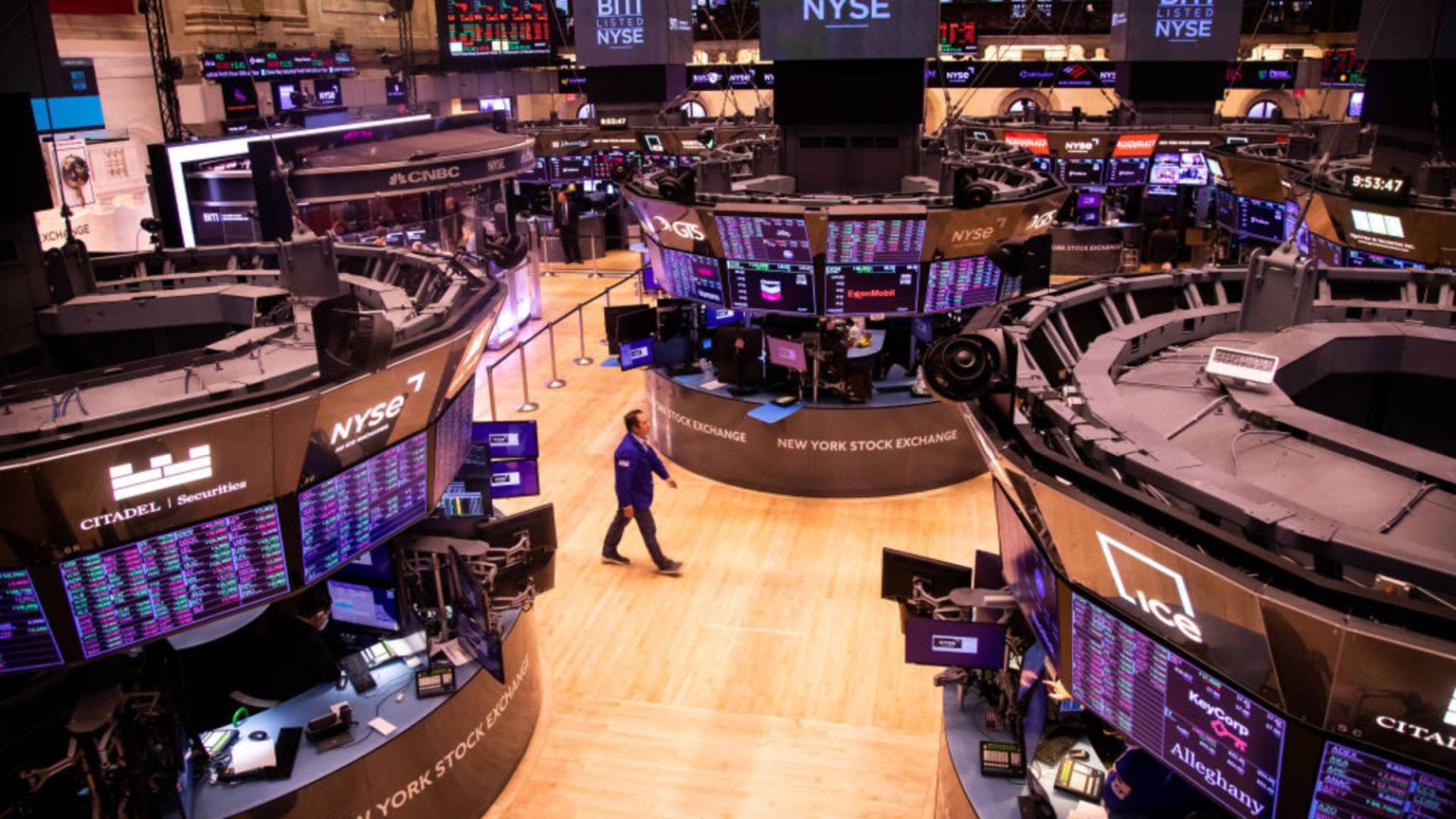Veteran investor David Roche expects a bear market to occur in 2025 due to a combination of factors. He believes that the Federal Reserve will resist reducing rates to the market’s desired 3.50%, with their median forecast for 2025 at 4.1%. Roche also predicts that profits may not meet expectations as the economy slows down. Additionally, he argues that the AI sector has entered bubble territory, which will also contribute to slower economic growth. Roche estimates that these factors could lead to a bear market of minus 20% in 2025, possibly starting towards the end of this year.
Following a recent Federal Reserve decision to keep interest rates steady, Roche’s prediction of a bear market was reinforced by a disappointing jobs report that raised recession fears. This led to a significant market sell-off, which was exacerbated by the unwinding of carry trades after Japan raised interest rates. Despite this initial downturn, the markets experienced a sharp recovery, with the S&P 500 ending the week down less than 0.1%. Roche now expects the Fed to proceed with interest rate cuts of 25 basis points, which will likely result in lower profit margins gradually decreasing over 2025.
Roche emphasizes that if the predicted factors trigger a bear market, the Fed will have the necessary room to address it. He highlights that Fed officials, consumers, and politicians have a low pain threshold and the Fed has repeatedly expressed its willingness to cut rates if needed. While the Fed’s intervention may not decisively end the bear market, it will prevent it from escalating to a point that could threaten the global economy. Roche believes that the Fed’s readiness to act in response to worsening economic conditions provides a safety net that could prevent a catastrophic outcome.
In assessing the potential impact of a bear market, Roche takes into account the uncertainties surrounding the upcoming U.S. Presidential election. He acknowledges that external factors, such as election results, could influence the timing and severity of the bear market. Despite this uncertainty, Roche remains convinced that the combination of smaller-than-expected rate cuts, a slowing economy, and an AI bubble will be the primary drivers of the anticipated bear market in 2025. He cautions that investors should be prepared for a potential downturn and consider adjusting their investment strategies to mitigate the effects of a bear market.
Given the interconnected nature of financial markets, Roche’s analysis underscores the importance of monitoring various economic indicators and factors that could contribute to market volatility. By staying informed and aware of potential risks, investors can make more informed decisions and be better prepared to navigate periods of market uncertainty. Roche’s insights serve as a reminder of the dynamic nature of financial markets and the need for a proactive approach to managing investment portfolios in order to adapt to changing economic conditions and potential market downturns.
In conclusion, Roche’s forecast of a bear market in 2025 highlights the potential impact of a combination of factors on market performance. His analysis points to the importance of being cautious and prepared for possible market downturns, as well as the role of the Federal Reserve in responding to economic challenges. By considering the risks and uncertainties inherent in the market, investors can make more informed decisions and adjust their investment strategies accordingly. Roche’s insights offer valuable perspectives on the market outlook and the potential implications of various economic developments on investment portfolios and financial markets as a whole.


